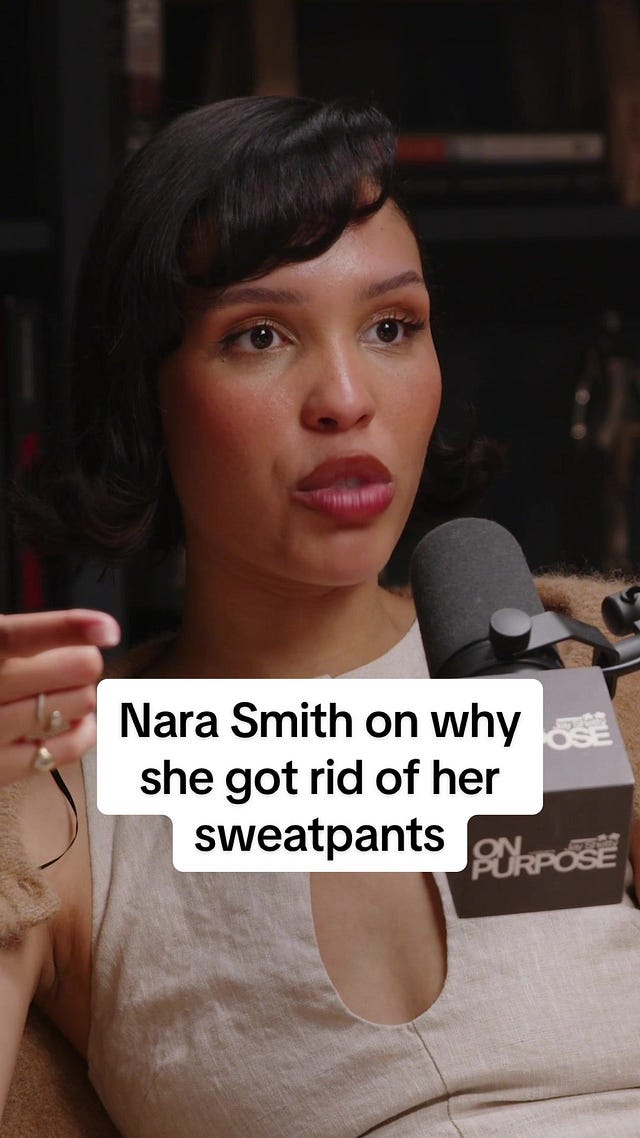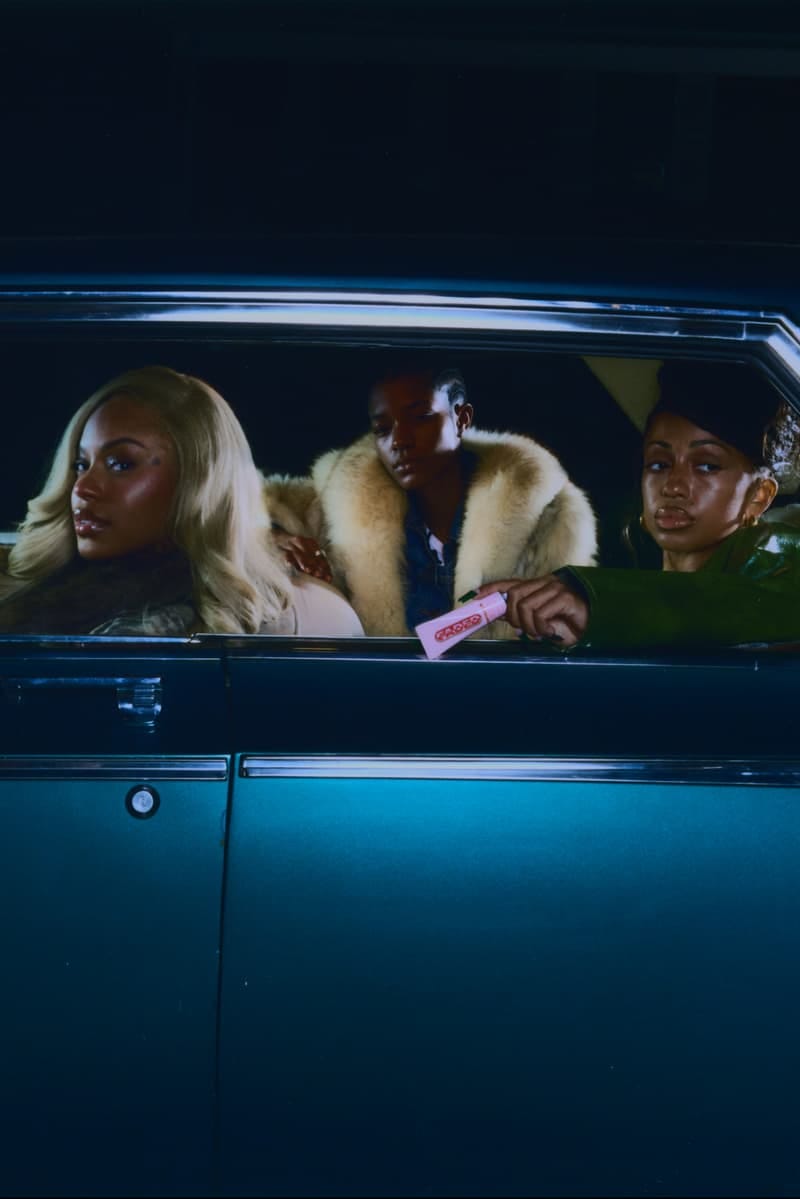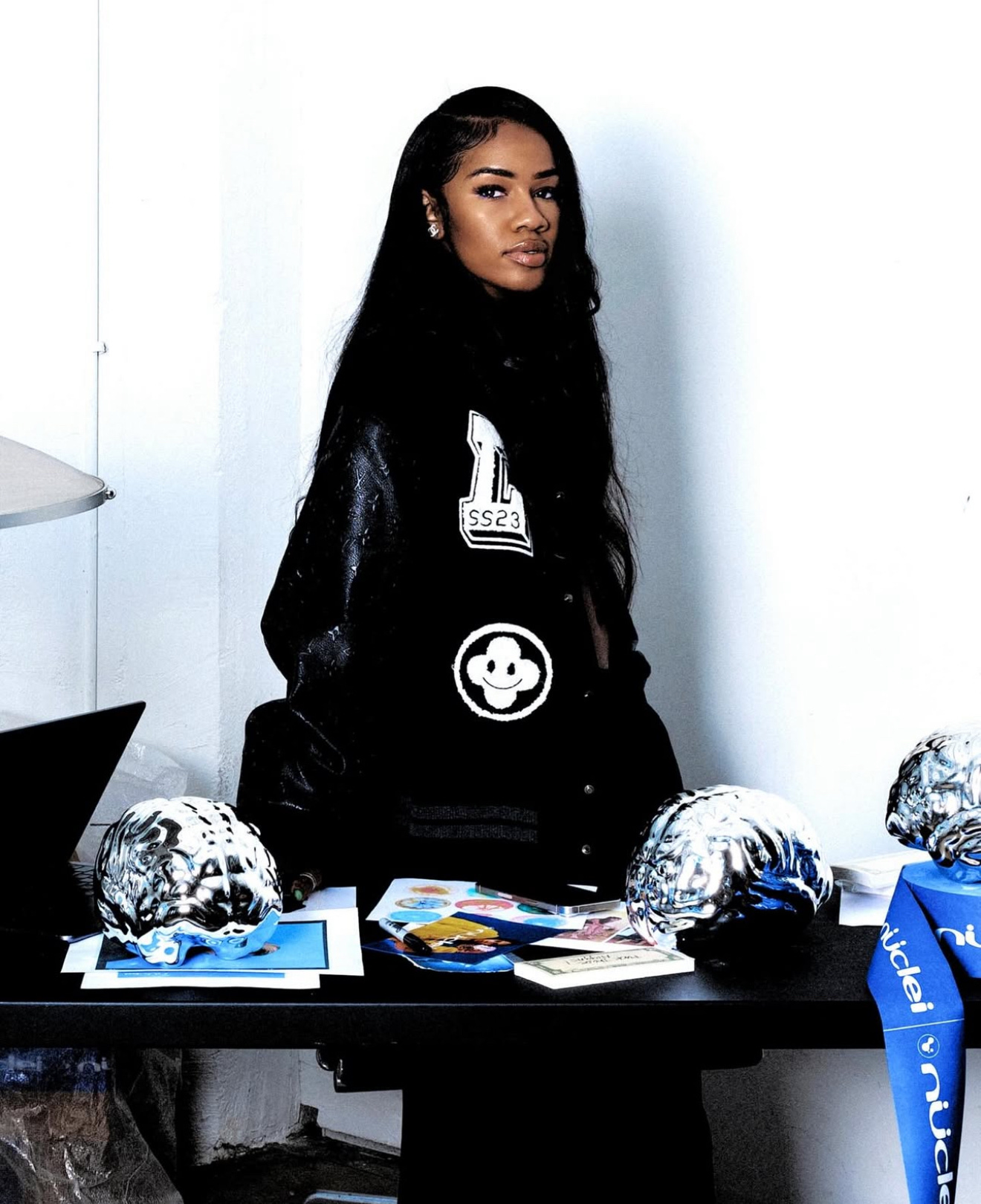Face First: The New Frontier of Regulative Beauty is Here
Why the beauty industry’s next wave is nervous system regulation and why creators + brands who lead with care will own the future.
I used to think not wearing makeup was a flex. I thought if I show up with just lashes, brows, and a little gloss that meant I was confident and secure. And to be clear: there’s power in that too (shoutout Alicia Keys) but somewhere along the line, I confused low maintenance with mental stability. What I’ve grown to accept about myself is that doing my makeup doesn’t make me insecure, it means I’m intentional.
Sometimes I “get ready” just to sit at my desk because it gives me a moment to check in with myself, touch my face, and to start my day in my body. When you sit down with yourself in the mirror you are able to see the stress that you’re enduring, the sleep that you’re not getting, and the effect that your diet is having on your skin. It’s like doing an audit on yourself everyday and to me that’s far from shallow.
I used to pride myself on looking effortless. Now I pride myself on feeling equipped. And that shift from aesthetic confidence to emotional calibration is what the next frontier of beauty and this newsletter will be all about
There’s this one line Nara Smith said on Jay Shetty’s podcast that I haven’t been able to stop thinking about: “If I want to feel productive, I’ll do my makeup.”
And this is not because she wants to be seen or feel pretty, it’s because she wants to feel like herself enough to function. Thinking that statement is vanity is hollow thinking in my opinion and made me realize that we need new language for what’s happening in the beauty industry. Because this is more than “look good, feel good.” That phrase is dated. It’s flat. It doesn’t capture what consumers are really doing.
What Nara and millions of us are doing every morning is part of a growing behavioral shift I’m calling Regulative Beauty.
More Than Skin Deep: The Rise of Regulative Beauty
Regulative Beauty is the philosophy that beauty rituals are not merely about appearance, but about restoring order to the self. It’s the 12-step skincare lineup that becomes the only 20 minutes you spend with your self, uninterrupted. It’s the makeup routine you put on that gives you the feeling of “it doesn’t matter what happens to me today, at least I look good.” That thinking isn’t self-obsession, it’s self-regulation.
This philosophy acknowledges that external order creates internal calm. So what makes it different from the treat your self / soft life culture?
Treat Yourself Culture is rooted in escape. It says:
“I’ve been working hard, I’m stressed out—I deserve this.” It’s often reactive. A reward for the hell you just endured and a way to break from the pressure and momentarily opt out.
Whereas Regulative Beauty is about restoration. It says:
“I’m dysregulated, and this routine brings me back to myself.” It’s proactive and intentional. It’s less about pampering, and more about training your body and mind to feel safe, soothed, and seen.
One is a timeout. The other is a reset button. Treat Yourself is the bath bomb you put in the tub after you’ve been burnt out. Regulative Beauty is the morning serum that helps you not spiral in the first place.
Beauty as a Tool for Mental Health
The next 5 years of beauty won’t be defined by what’s visible. They’ll be defined by what’s felt. The beauty industry knows this. and it’s evolving accordingly :
According to McKinsey, beauty is on track to become a $580 billion market by 2027, with the strongest growth coming from “wellness-adjacent” categories like skincare, body care, and calming formulations.
Pinterest's 2025 Trend Report noted a 170% increase in search interest for terms like “get ready with me to feel better” and “emotional skincare routines.”
On TikTok, videos tagged #nervoussystemreset and #dopaminebeauty are quietly forming a new genre of content: beauty rituals as nervous system therapy.
Brands Who Are Already Ahead of the Curve
Let’s break down the brands & products who’ve clocked in early to this cultural shift:
🧊 Topicals
Topicals is a science backed skin care brand at the intersection of wellness and culture. From their Faded Serum to their campaigns around mental health, the brand’s language constantly links skin issues to emotional visibility in a cool and culturally relevant way.
🍞 Bread Beauty Supply
Bread has always made haircare feel like a reset button in the shower. Now, with their new product that taps into Synesthesia, they’re going beyond hair to tap into emotional wellness. Their upcoming launch includes a cereal milk-scented shampoo designed to evoke warmth, nostalgia, and calm—using scent as emotional technology. Wash day can now be a ritual that blurs the lines between beauty, aromatherapy, and inner child healing.
🛁 Soft Services
One of my favorite brands. It’s Body care framed like cognitive therapy. Their clinical-yet-soft branding makes you feel like you're checking in, not checking out. Products like the Thermal Scrub and Buffing Bar are less about glow and more about grounding.


👁 Dieux Skin
Their Forever Eye Masks were one of the first products to go viral not because of the ingredients—but because of the ritual. They’re cool, weighted, and reusable—like a fidget toy for your face.
☀️ Shiseido
Shiseido’s Clear Sunscreen Stick has made it’s appearance on my social media quite a few times. It wasn’t designed to be therapeutic but that’s exactly how it functions in my routine. I use it like a gua sha, gliding it along my cheekbones and jawline to protext my skin from the sun and to calm me down. Shiseido may be known for science-backed formulas, but this product doubles as a tool for regulative beauty.
Where This Is Going: The Business Forecast of Regenerative Beauty
In the next 5–10 years, I believe beauty will sit in the wellness aisle. The same way we buy magnesium to help us sleep, we’ll buy face masks to calm our nervous system. Brands that prioritize feeling good over just looking good will own the future. Here’s a few things I predict that are on the way :
Sensory Driven Formulas: Textures, weights, and scents will be formulated for nervous system cues, not just skin type.
Emotion Based Product Naming: Think “Security Balm,” “Reset Mist,” or “Boundaries Serum.”
Self-Regulation Pop-Ups in Retail: Brands will start building beauty labs that feel more like therapy offices with sound bowls, mood lighting, and breathing spaces.
Therapeutic Influencer Campaigns: GRWMs will evolve into mini emotional prep routines, shot like daily devotionals.
If you're a beauty content creator trying to break through the noise, this is your moment to pivot from performance to presence. The influencers that will define this next era won't just teach how to slay a look. They’ll teach how to self-soothe.
Let’s Build What’s Next
If you're a brand or creator ready to take up space in the next frontier of regenerative beauty, this is your sign. Let’s design your evolution. Let’s turn your brand into an essential for the nervous system.













As a WFH girly this is so true. I have fallen into the trap of low maintenance looks and not doing makeup simply because I’m at home — my spirit can feel it. I’m slowly trying to integrate gussying up back into my routine but it’s so much harder now than when I was in my 20s 😓
Smart analysis here and very well written! 🔥🔥